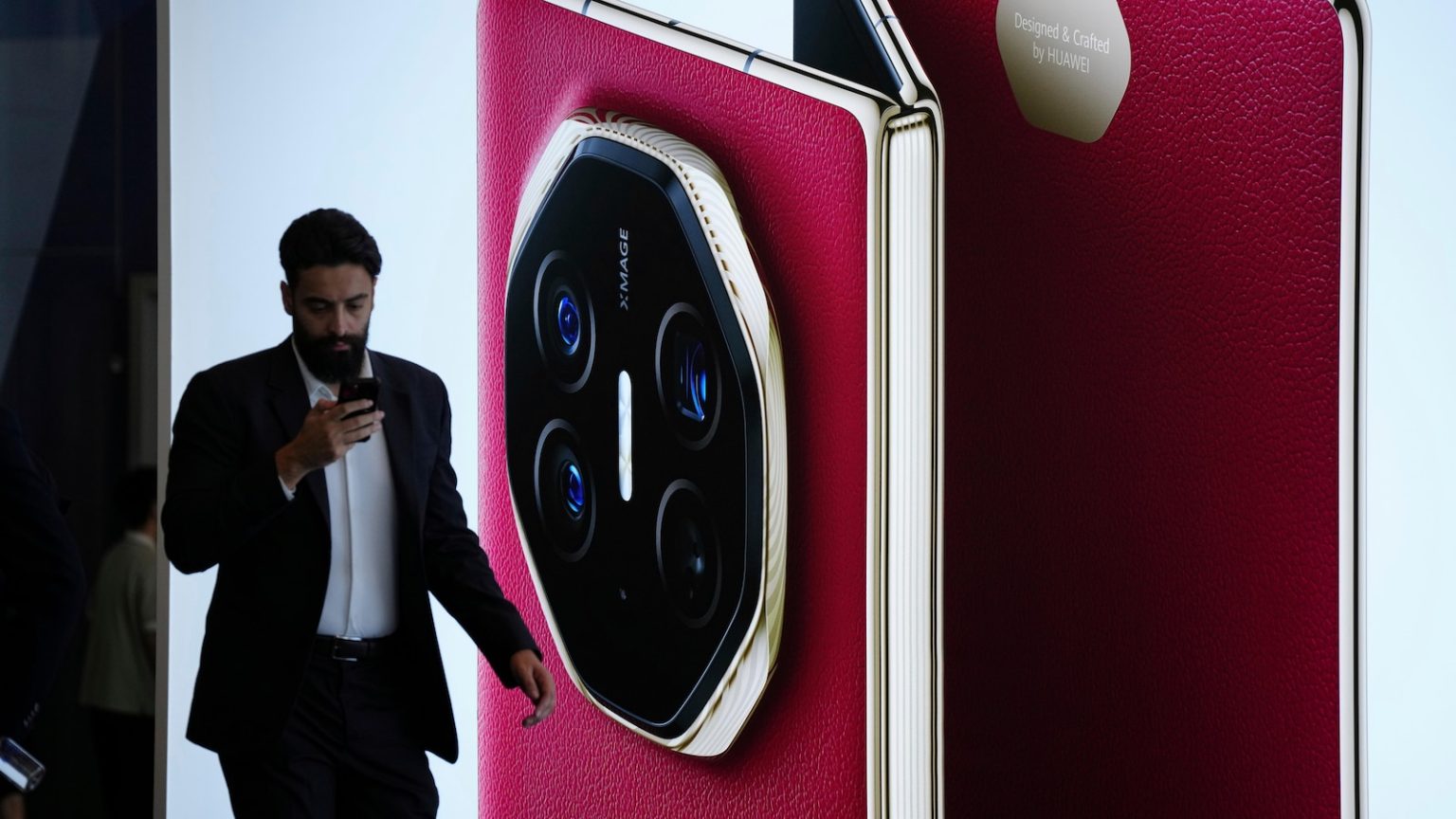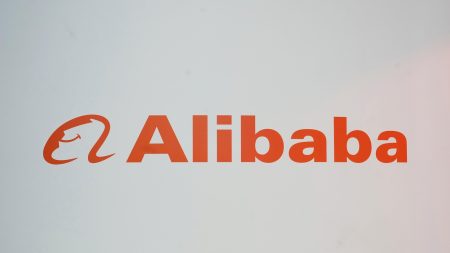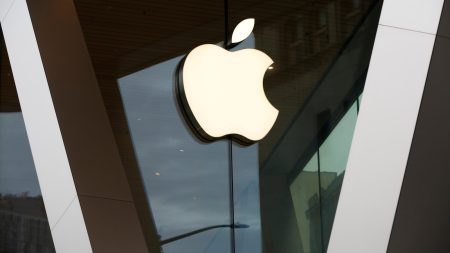Huawei Launches Industry’s First Tri-Foldable Phone Amid US Tech Restrictions
A Symbolic Victory for Huawei
Huawei, the Chinese tech giant, has once again made headlines with the global launch of the industry’s first tri-foldable phone, the Huawei Mate XT. This innovative device was unveiled at a launch event in Kuala Lumpur, marking a significant milestone for the company. Analysts have hailed this as a symbolic victory for Huawei, especially given the company’s resilience in the face of stringent U.S. technology restrictions. The Mate XT, which was first introduced in China five months ago, is priced at 3,499 euros ($3,662). Despite its name suggesting a tri-fold design, the phone features three mini-panels and folds only twice, making it the thinnest foldable phone available at 3.6 millimeters (0.14 inches). Its 10.2-inch screen is comparable to that of an Apple iPad, offering users a larger display experience.
Innovation in the Face of Adversity
Huawei’s ability to innovate despite significant challenges has caught the attention of industry experts. Bryan Ma, Vice President of Device Research at the International Data Corporation (IDC), praised Huawei for its tri-fold design, stating that the company “kind of stands alone as an innovator” in this space. This achievement is all the more remarkable given the hurdles Huawei has faced, including limited access to U.S. chips and Google services, which have traditionally been critical components of smartphones. These restrictions, imposed by the U.S. government in 2019, have made it difficult for Huawei to compete in the global market, particularly in terms of appealing to international users. Yet, Ma noted that Huawei’s resurgence over the past year has been “quite a bit of a victory,” demonstrating the company’s determination to thrive despite these setbacks.
Huawei at the Center of US-China Tech Battle
Huawei’s journey to innovation is not just about technology; it is deeply intertwined with the broader geopolitical landscape. The company has become a focal point in the U.S.-China trade and technology war. Washington has accused Huawei of posing a security risk, a claim the company vehemently denies. The U.S. government has severed Huawei’s access to American components and technology, including Google’s services, which are essential for smartphone functionality. Additionally, U.S. restrictions have barred global vendors from using American technology to produce components for Huawei. China, on the other hand, has accused the U.S. of using security concerns as a pretext to stifle a rising competitor to American tech companies.
Market Challenges and Competition
While the Huawei Mate XT represents a technological leap, its commercial success is far from guaranteed. The phone’s steep price tag is one significant barrier to mainstream adoption. According to Bryan Ma, the Mate XT “is not a mainstream product that people are going to jump for,” given its high cost. This is particularly true in international markets, where Huawei’s lack of access to Google Mobile Services (GMS) limits its appeal. The company’s global market share in foldable phones stands at 23%, trailing behind Samsung’s 33% share. However, Huawei dominates the foldable phone market in China, with a 49% market share.
The Future of Foldable Phones
Despite the challenges, the foldable phone market is expected to grow significantly in the coming years. According to IDC, global foldable phone shipments could surge to 45.7 million units by 2028, up from over 20 million last year. While most major brands have entered this segment, Apple has yet to release a competing product. Analysts predict that Apple’s entry into the foldable phone market could significantly influence the sector, driving further growth and innovation. For now, Huawei’s Mate XT remains one of the most advanced offerings in this space, showcasing the company’s technological prowess.
Conclusion: A Resilient Tech Giant
Huawei’s launch of the Mate XT is a testament to its resilience and innovation in the face of adversity. While the company’s long-term success remains uncertain due to ongoing challenges related to pricing, supply chain constraints, and software ecosystem limitations, its ability to stay ahead of the curve is undeniable. As the tech industry continues to evolve, Huawei’s story serves as a reminder of the complexities of innovation in a geopolitically charged world. For now, the Mate XT stands as a symbol of Huawei’s determination to thrive, even as it navigates the treacherous waters of U.S.-China relations and global competition.















